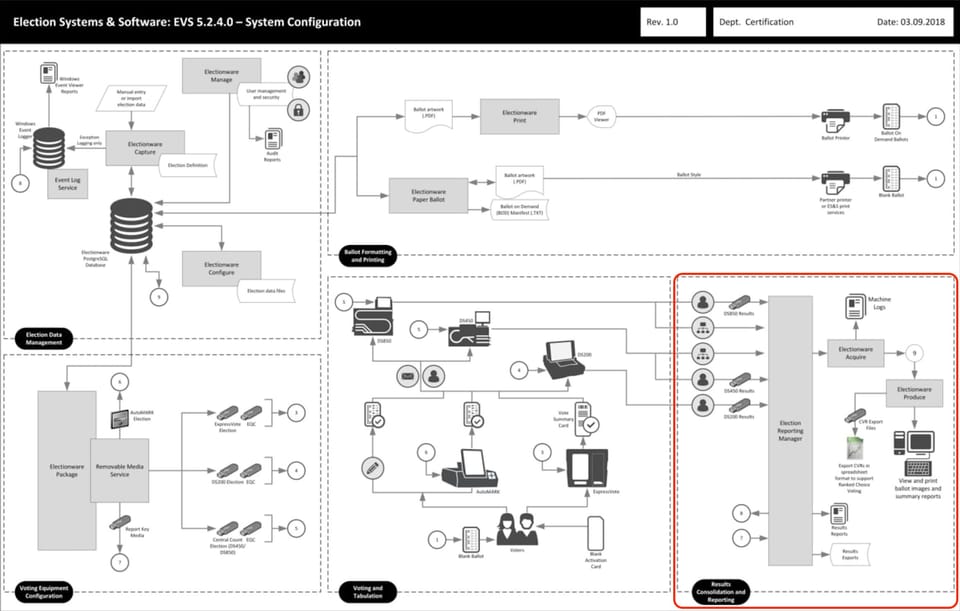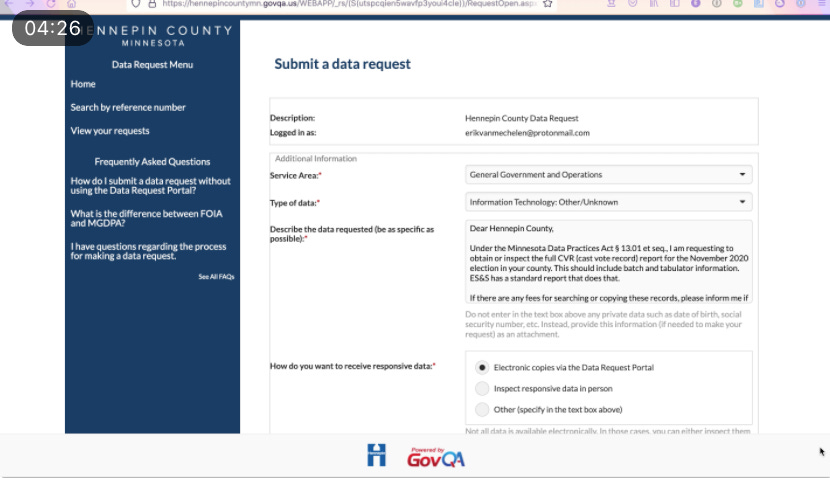Why CVR reports are important

Minnesotans have requested through the freedom of information act (FOIA) process to view the CVR (cast vote record) reports from the Dominion, ES&S, and Hart systems used throughout Minnesota.
As shown in the graphic, the Results Consolidation and Reporting is only the final step in the tabulation and counting process within the machines.
The machine process itself is only one step in the larger 46-day absentee/mail-in voting election process.
Why will (so far) none of the Minnesota election officials, including county clerks and recorders, provide this information to concerned citizens within their counties?
Election data, physical and digital, must be kept for 22 months following a federal election according to federal law.
One deputy county clerk told me they don’t have the report, which was troubling if true, though she may have misunderstood what I was asking for. As the conversation continues, I will share more about what I learn with all of you.
For a demo of how to FOIA for the CVR reports, watch this video (Rumble).

You will probably be denied, but it will be good practice in requesting public data from your government and also to learn what kind of response is given. Save all responses and follow this guide to ensure the response you are given is accurate.
In the meantime, Minnesotans across the state are engaging in foot-canvassing, also known as door-to-door canvassing, to ask voters whether the way and manner of their vote matches the official record. This looks at a separate part of the election process, namely the Statewide Voter Registration System (SVRS) and related systems.
Start by watching this 19-min video guide to getting started with canvassing.
Member discussion